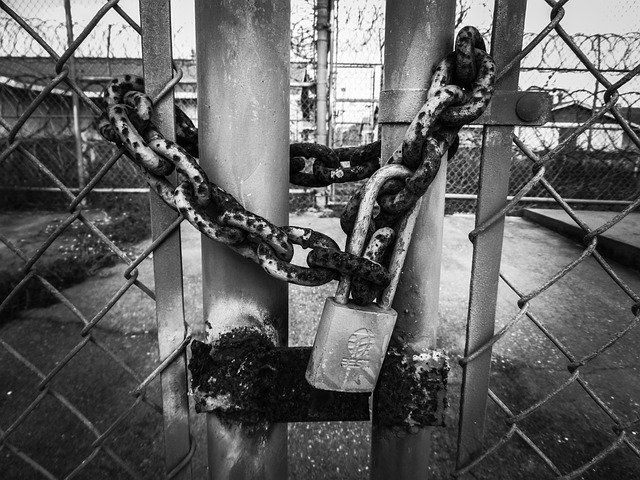Mental health conditions can impact driving safety, prompting many regions to implement suspendable licenses as a measure to protect public well-being. These licenses temporarily revoke driving privileges for those with potential mental health impairments, encouraging treatment seeking. Restoration processes after successful rehabilitation involve medical evaluations, assessments, and defensive driving courses, ensuring safe return to the roads while balancing public safety and individual mobility rights.
Mental health plays a critical role in safe driving, yet often goes unnoticed behind the wheel. This article delves into the intricate relationship between these two facets of life, focusing on understanding mental health’s impact on driving skills. We explore innovative solutions like suspendable licenses as tools to address mental health concerns and facilitate recovery. Additionally, we guide readers through the process of license restoration after a mental health episode, emphasizing practices that promote safe driving alongside recovery.
- Understanding Mental Health and Its Impact on Driving
- Suspendable Licenses: A Tool for Addressing Mental Health Concerns
- The Process of License Restoration After a Mental Health Episode
- Promoting Recovery and Safe Driving Practices
Understanding Mental Health and Its Impact on Driving

Mental health is a vital aspect of overall well-being, but it can significantly impact an individual’s ability to drive safely. Conditions such as anxiety, depression, and psychosis can affect reaction time, judgment, and decision-making—all critical factors in operating a vehicle. For instance, severe stress or panic attacks may impair a driver’s visibility and control over the steering wheel. Similarly, untreated mental health issues could lead to reckless driving behaviors due to impaired cognitive function.
In many jurisdictions, this concern has led to the implementation of stringent measures like suspendable licenses and restoration processes. These initiatives aim to ensure that only those with stable and manageable mental health conditions are authorized to drive. The restoration process typically involves a thorough assessment by healthcare professionals, who evaluate an individual’s fitness to drive based on their current treatment plan and symptom management. This approach balances the need for public safety with the right to mobility and independence for people managing mental health challenges.
Suspendable Licenses: A Tool for Addressing Mental Health Concerns

Suspending licenses for individuals facing mental health challenges is a controversial yet potentially effective strategy to ensure safer roads. This approach, often referred to as a “suspendable license,” allows authorities to temporarily revoke driving privileges when there’s concern about a person’s ability to operate a vehicle safely due to their mental state. It serves as a powerful tool to encourage individuals to seek necessary support and treatment while also promoting public safety.
The restoration of a suspendable license after successful treatment can be a significant milestone for those recovering from mental health issues. This process involves a thorough assessment to ensure the individual’s condition has improved and they are now capable of driving responsibly. It fosters accountability, encouraging individuals to take ownership of their recovery and adhere to any required treatment plans to regain their driving privileges.
The Process of License Restoration After a Mental Health Episode

After experiencing a mental health episode, individuals may find themselves facing challenges when it comes to resuming driving. In many jurisdictions, severe mental health conditions can lead to the suspension of one’s driver’s license, often known as suspendable licenses. This process is in place to ensure public safety, as driving requires clear mental acuity and stable judgment.
Restoring a suspended license typically involves several steps. Once treatment and stabilization are achieved, individuals must often undergo an evaluation by a qualified healthcare professional to assess their current mental health status and ability to drive safely. If cleared, they can apply for license restoration through the relevant governmental body, which may include submitting medical reports and completing any necessary driving tests or assessments to demonstrate proficiency and safety on the road.
Promoting Recovery and Safe Driving Practices

Promoting recovery and safe driving practices goes hand in hand when addressing mental health issues behind the wheel. For individuals dealing with conditions that may impact their ability to drive safely, such as depression or anxiety disorders, seeking professional help is a crucial step towards restoration. This process often involves therapy, medication, or support groups that play a vital role in managing symptoms and improving overall well-being.
As part of the recovery journey, restoring one’s driving privileges after a period of suspension due to mental health concerns is a significant milestone. The path to license restoration typically requires adhering to specific guidelines and demonstrating improved stability and fitness to drive. This includes regular check-ins with healthcare professionals, completing necessary assessments, and possibly participating in defensive driving courses. Such measures ensure that individuals not only regain their independence on the roads but also drive safely and responsibly.
In addressing mental health and driving safety, implementing suspendable licenses serves as a crucial tool for managing and mitigating risks. After a mental health episode, the path to license restoration is vital for individuals seeking to regain mobility and independence. By understanding these processes and promoting recovery-focused safe driving practices, we can foster an environment that supports both mental well-being and responsible transportation. This balanced approach ensures that those facing mental health challenges have a fair chance at rebuilding their lives on their terms while ensuring public safety.






